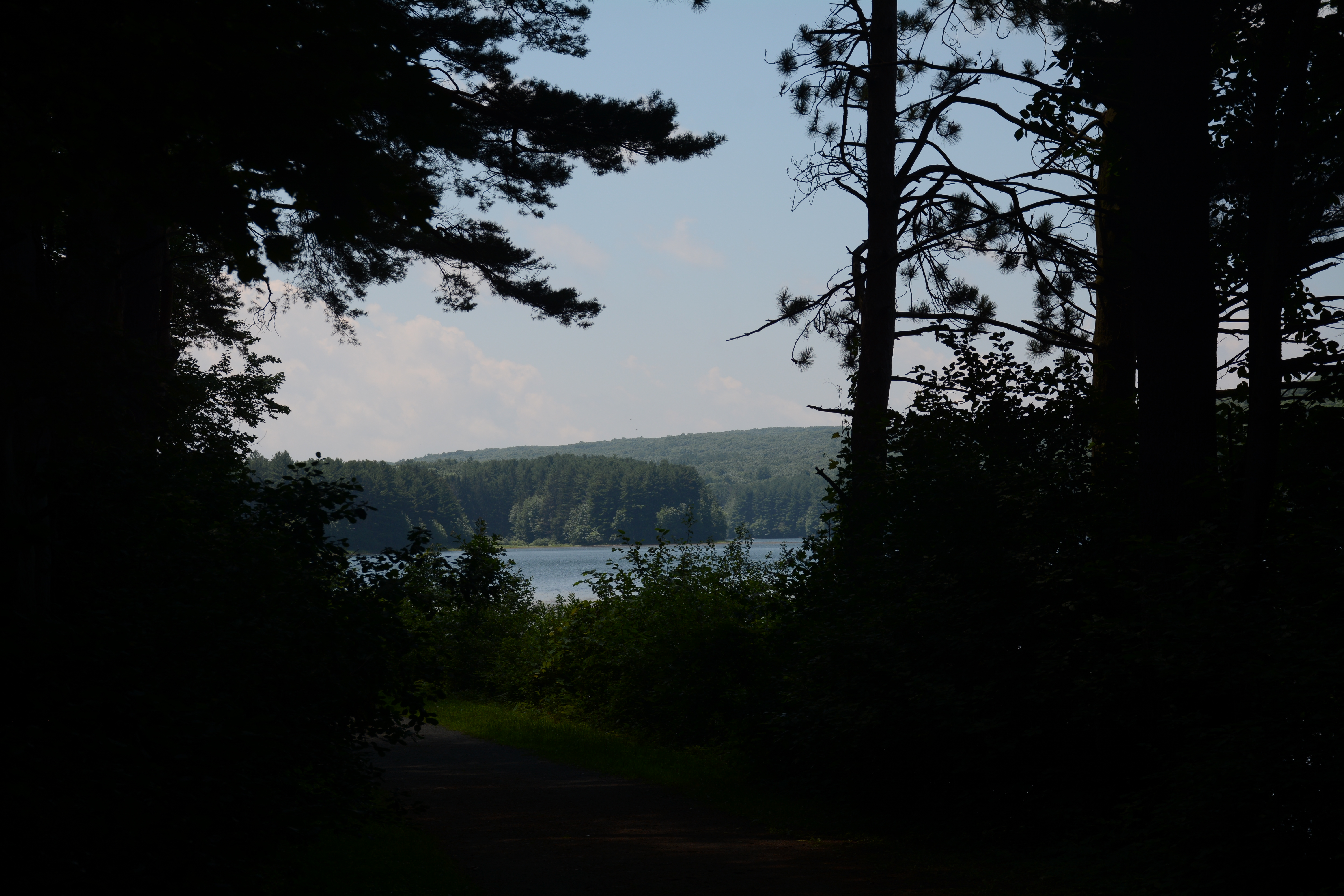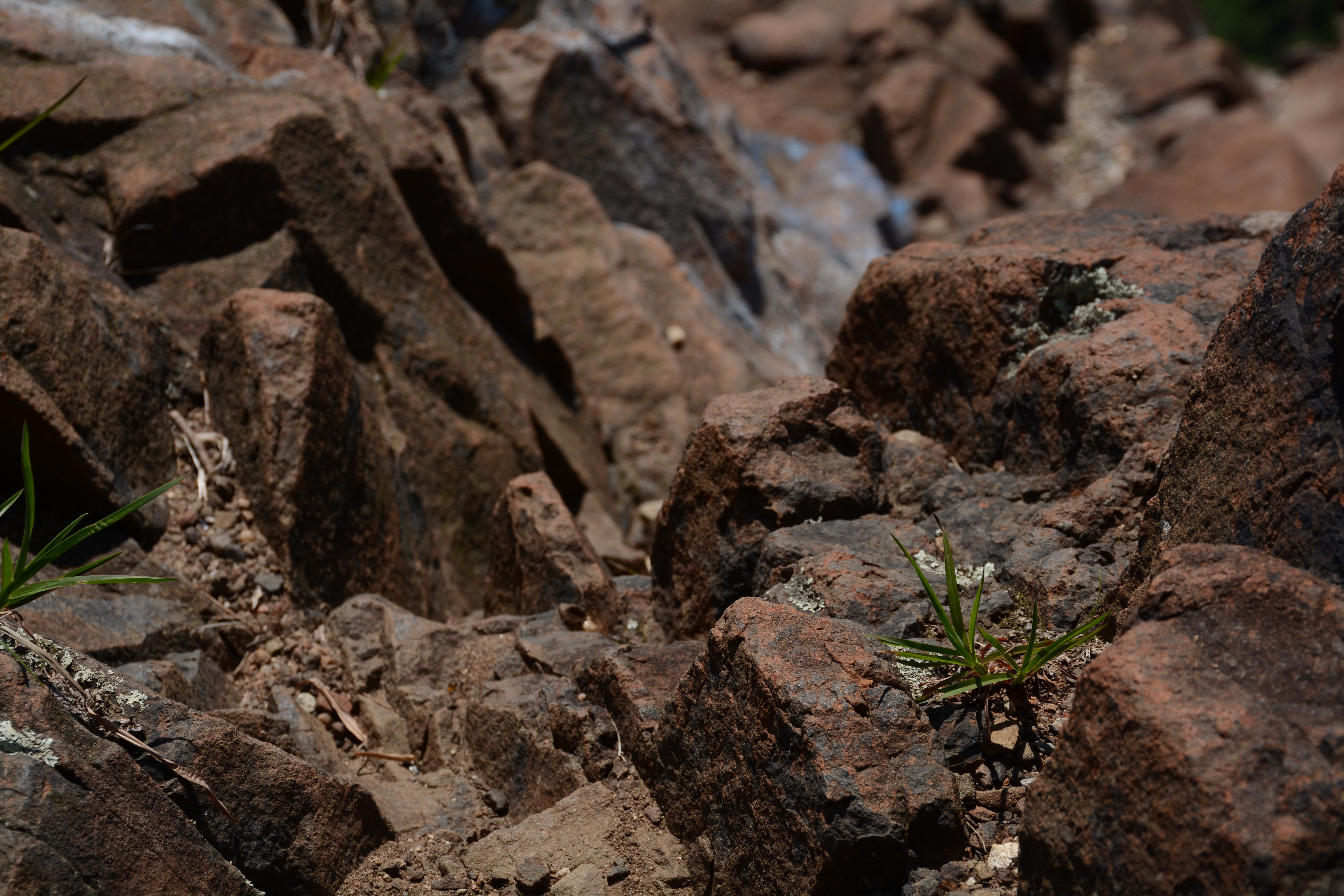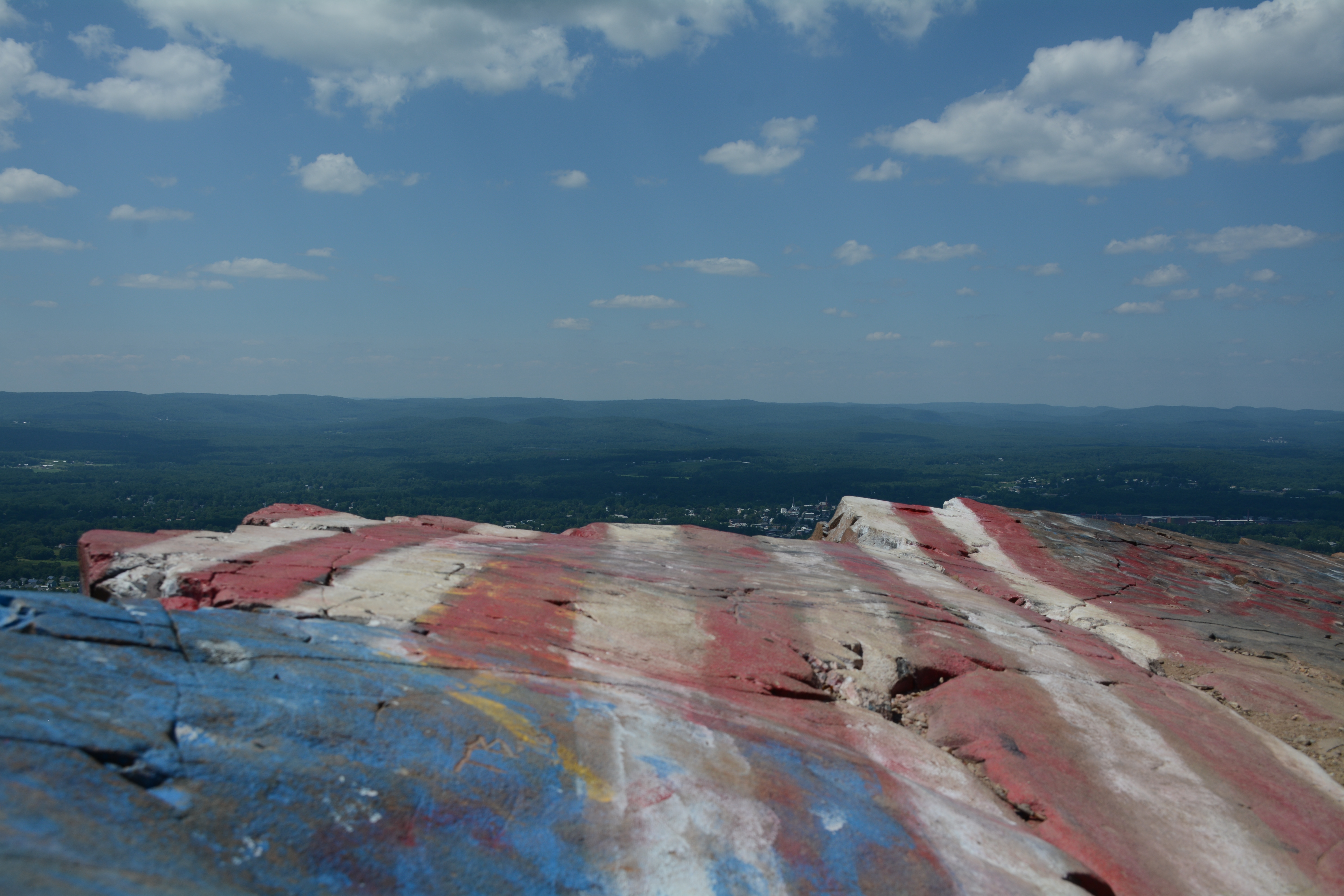Let’s take a moment and reflect on just how much has changed in the past 100 years since 1919.
In the United States women gained the right to vote, television became popularized, World War II was fought and pulled the nation out of depression, the nation experienced the civil rights movement, 18 presidents have come and left office, the internet was invented and has risen to become instrumental to many of our lives, plus countless other notable moments in just the span of 100 years.
And that’s just a tiny sliver of what has happened in this nation in the past century.
Just think of all that has happened around the globe in the past 100 years. There has been so much. Good and not so good.
Now why think of this?
After reading Cheche Winnie’s post ‘What Will We Tell Them?‘ a creative post about what will we tell future generations about what has happened to our planet in the wake of environmental destruction, it really got me thinking deeply into what may be in store.
Will my generation be the last to experience a tiger? Or what about a gorilla? A rhino? Will there be a wild place untouched by plastic?
These are some serious things to think about when in fact they are all very real possibilities. To think if manage to live to be 100, a feat in itself, how in 2098, all of these things, and more, could happen.
It’s terrifying.
What will this world be for my future children? Or what about there children? Will there be anything left?
We all need to change. Or else, there will be no future.
The air will be unbreathable due to pollution, the water poisoned, the soil will be barren, ice caps melted, storms raging, food becoming scarce, countless species committed to memory ceasing to walk the Earth, and so much more.
We have started something that will quickly move out of our control if we do not start to act.
Mankind needs to realize that out environment, our planet, is our most important asset. Not oil, not the economy, not plastic, not corporations or factories.
We have wounded our planet. And we’re the only ones who can fix it before it becomes terminal and it is too late.
So, let me ask you:
What do you think will happen if you live to be 100? What will future generations have left?































